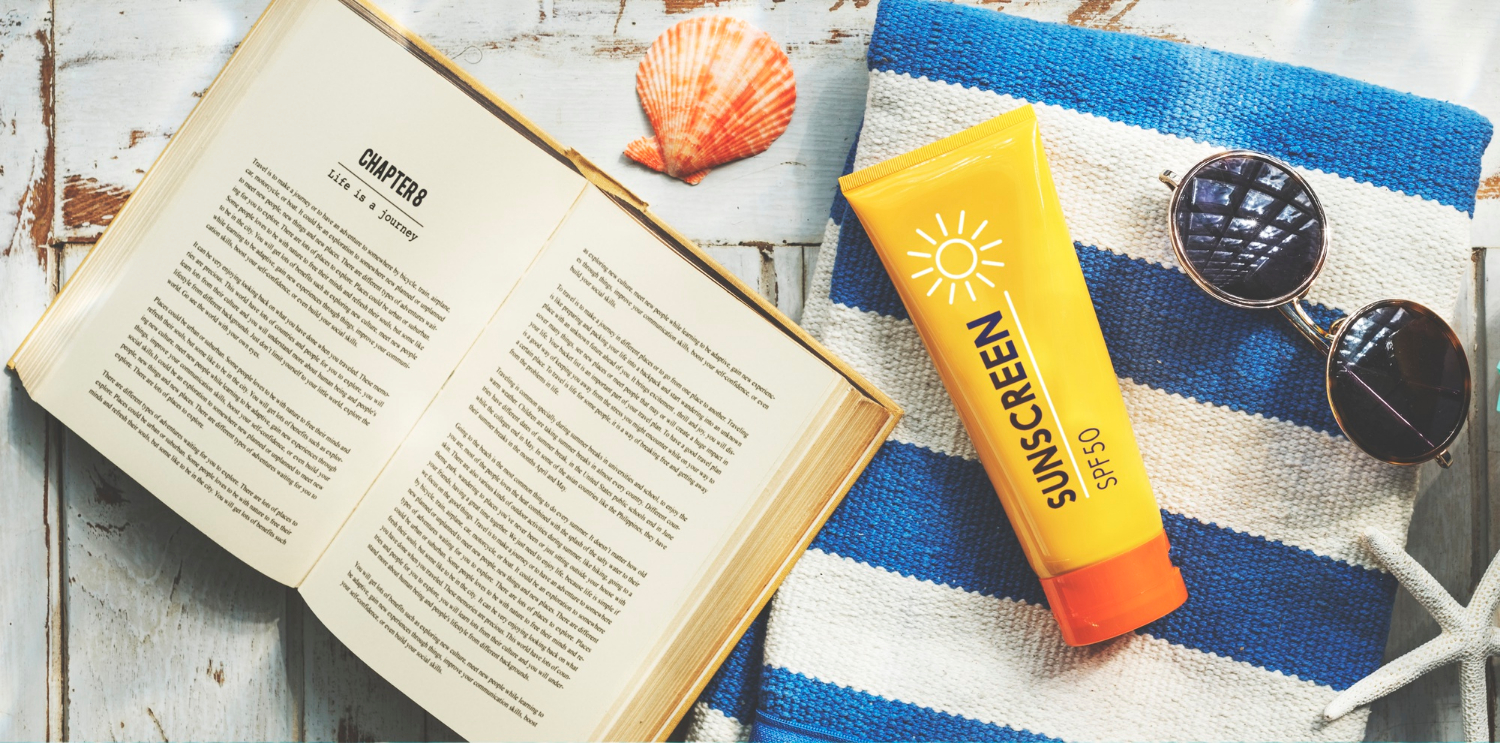“Can You Bring Spray Sunscreen on a Plane?” This question often crosses the minds of travelers planning for sunny getaways or outdoor adventures. Sunscreen is a crucial companion for protecting your skin from the sun’s harsh rays, but navigating airport security regulations and choosing the right sunscreen products can be a bit perplexing. In this comprehensive guide, we’ll explore the ins and outs of traveling with sunscreen, particularly spray sunscreen, and provide you with essential tips to ensure your sun safety while jet-setting to your dream destinations. From TSA regulations to alternative sun protection options, we’ve got you covered for a sun-safe and worry-free travel experience. Let’s dive in!
- “TSA Regulations for Carry-On Items”
- “Types of Sunscreen: Spray vs. Lotion”
- “Understanding Spray Sunscreen Ingredients”
- “Packaging and Size: Travel-Friendly Considerations”
- “Navigating the Security Screening Process”
- “Essential Tips for Traveling with Sunscreen”
- “Exceptions and Special Cases: International Travel”
- “Alternatives to Spray Sunscreen”
- “Conclusion and Travel Sunscreen Guidelines”
“TSA Regulations for Carry-On Items”
When it comes to traveling with spray sunscreen in your carry-on luggage, it’s essential to understand the regulations set by the Transportation Security Administration (TSA). The Transportation Security Administration (TSA) has specific guidelines in place to ensure the safety and security of all passengers aboard flights. 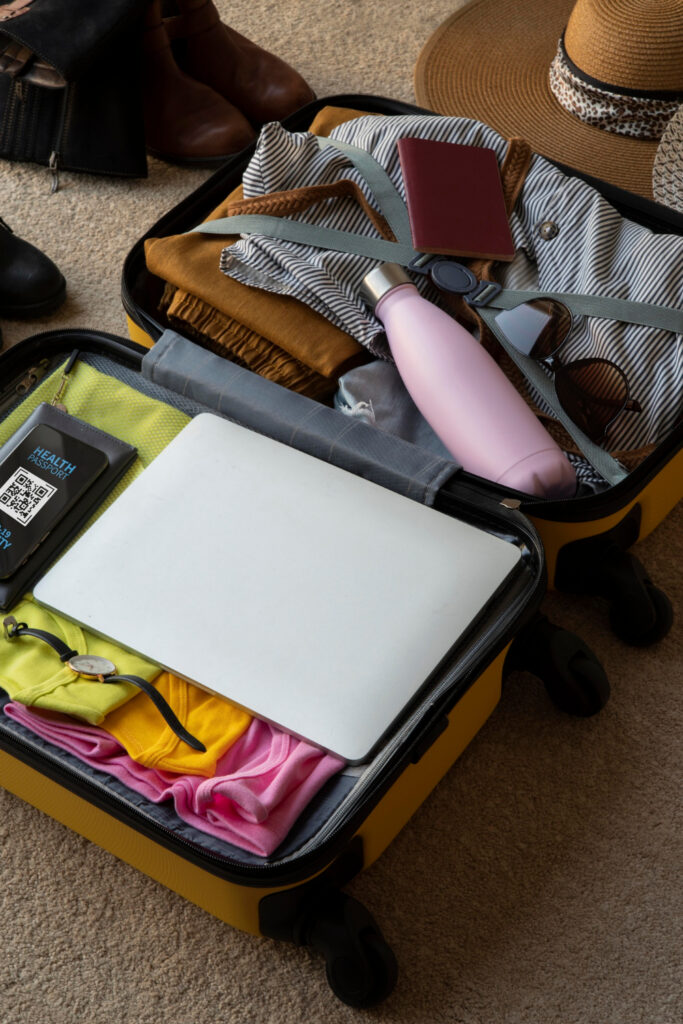
As per TSA regulations, liquid items, including spray sunscreen, fall under the 3-1-1 rule for carry-on baggage. This rule stipulates that all liquids, gels, and aerosols must be in containers of 3.4 ounces (100 milliliters) or less per item. These containers must be placed in a single quart-sized clear, plastic, zip-top bag. Each traveler is allowed one such bag in their carry-on.
So, if you plan to carry spray sunscreen in your carry-on, make sure the container is 3.4 ounces or less. If you have a larger container, consider transferring the sunscreen into a TSA-compliant travel-sized container before your flight.
“Types of Sunscreen: Spray vs. Lotion”
When it comes to sun protection, there are various types of sunscreen available on the market, but two of the most popular choices are spray and lotion sunscreen. Understanding the differences between these two options can help you make an informed choice for your travel needs.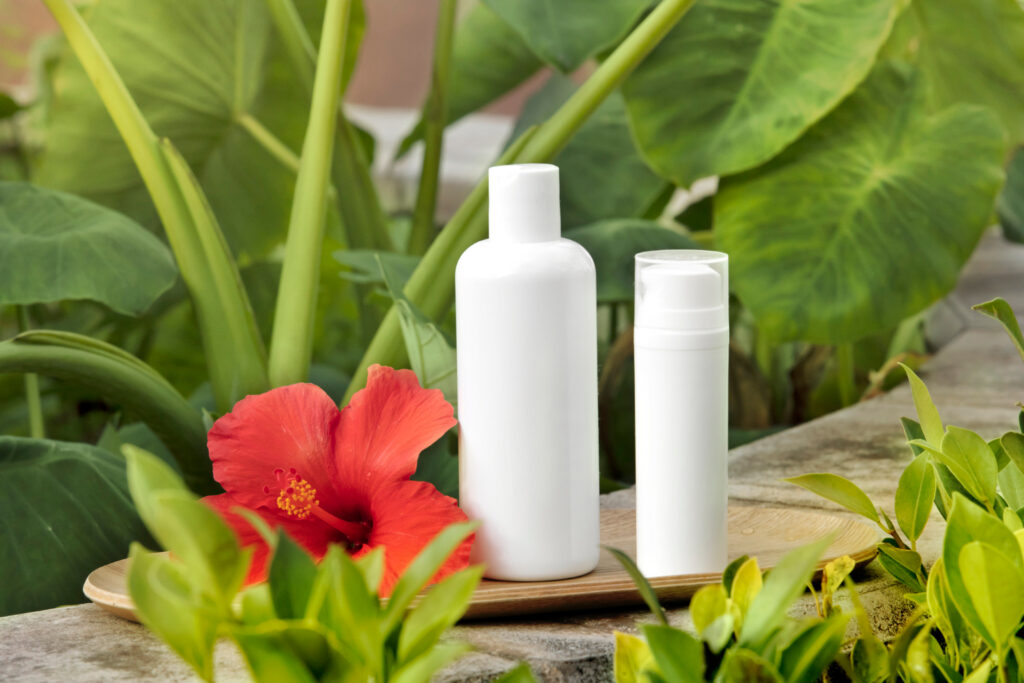
Spray Sunscreen: Spray sunscreen is known for its convenience and ease of application. It comes in an aerosol can that allows you to spray the sunscreen directly onto your skin. This type of sunscreen is favored for its quick and even coverage, making it ideal for those on the go. It’s also popular for its non-greasy feel, making it comfortable to wear.
Lotion Sunscreen: Lotion sunscreen, on the other hand, comes in a cream or liquid form and is applied by rubbing it onto the skin. It tends to provide more control over the amount applied and can be easier to ensure thorough coverage. Lotion sunscreen is available in various formulations, including water-resistant and sensitive skin options.
When it comes to travel, both spray and lotion sunscreen have their pros and cons.
- Spray Sunscreen for Travel: Spray sunscreen is lightweight and compact, making it easy to carry in your travel bag. It’s quick to apply, which is advantageous when you’re on the move. However, it’s essential to check if your spray sunscreen meets the TSA’s 3.4-ounce limit for carry-on items.
- Lotion Sunscreen for Travel: Lotion sunscreen may come in smaller, travel-sized bottles, making it a convenient option for air travel. Additionally, since it’s not an aerosol, it doesn’t have the same restrictions as spray sunscreen when it comes to TSA regulations.
“Understanding Spray Sunscreen Ingredients”
Spray sunscreen is a popular choice for sun protection due to its convenience, but understanding the ingredients in spray sunscreen is crucial for informed use. Here, we’ll delve into the key components commonly found in spray sunscreens.
**1. Active Ingredients: Spray sunscreens typically contain active ingredients that provide protection against harmful UV radiation. These ingredients fall into two categories: chemical and physical (mineral) filters. Common chemical filters include avobenzone, octisalate, and octocrylene, while physical filters include zinc oxide and titanium dioxide. These ingredients work by either absorbing or reflecting UV rays to shield your skin.
2. Inactive Ingredients: In addition to active ingredients, spray sunscreens also contain various inactive ingredients. These can include emollients, preservatives, fragrances, and stabilizers. These components help improve the sunscreen’s texture, scent, and shelf life. However, individuals with sensitive skin may want to be cautious about fragrances and other potential irritants.
3. Propellants and Solvents: Spray sunscreens are aerosol-based, which means they use propellants and solvents to disperse the product. Common propellants include butane and propane, while solvents like ethanol are used to keep the sunscreen in liquid form. It’s essential to note that some individuals may be sensitive to these ingredients, so checking the product’s label for any potential irritants is advisable.
4. Environmental Considerations: Understanding the environmental impact of spray sunscreen ingredients is increasingly important. Certain chemical filters, such as oxybenzone and octinoxate, have been associated with coral reef damage when washed off in the ocean. Look for sunscreen products that are labeled “reef-friendly” if you plan to use them in marine environments.
“Packaging and Size: Travel-Friendly Considerations”
When it comes to packing sunscreen for your travels, the packaging and size of your chosen product play a crucial role in ensuring a hassle-free experience through airport security and during your trip. Here, we’ll explore travel-friendly considerations regarding sunscreen packaging and size.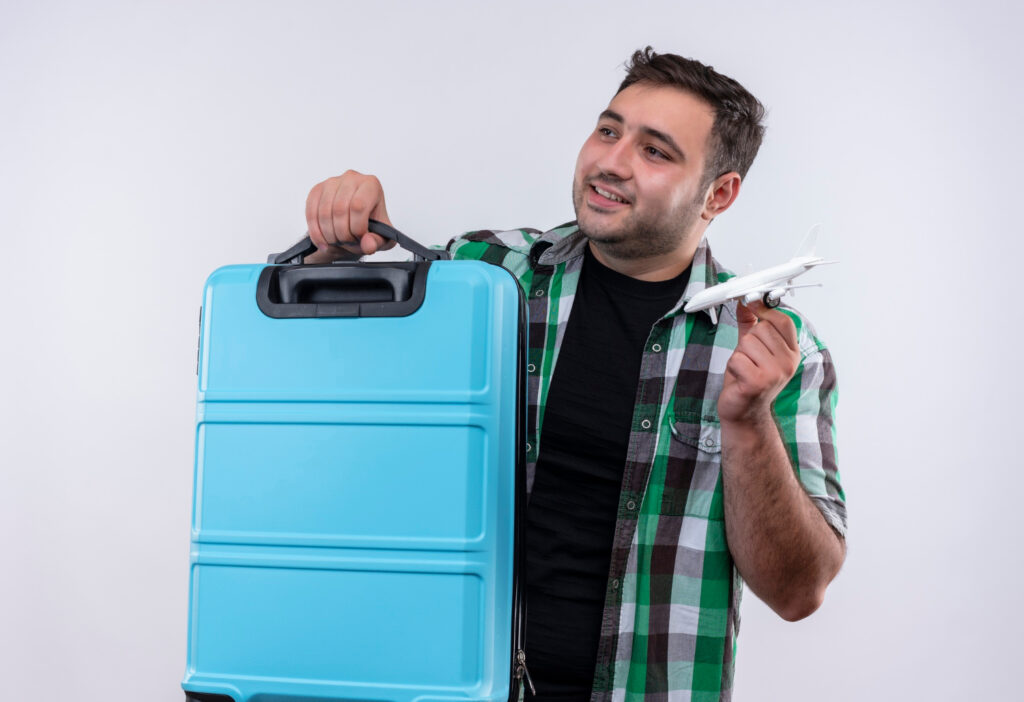
**1. Travel-Sized Containers: One of the most convenient ways to carry sunscreen is by opting for travel-sized containers. These are specifically designed to meet TSA regulations, ensuring that they contain 3.4 ounces (100 milliliters) or less of product. Travel-sized bottles are usually small, lightweight, and easy to slip into your carry-on bag, backpack, or purse.
2. Spray Sunscreen Canisters: If you prefer spray sunscreen, look for travel-sized spray canisters that meet the TSA’s size restrictions. These canisters are compact and typically fit comfortably in your travel toiletries bag. Remember to check the product label to ensure it complies with the 3.4-ounce limit.
3. Pump or Squeeze Bottles: Some lotion sunscreens come in pump or squeeze bottles, which can be more spill-proof and travel-friendly compared to open containers. These bottles allow for precise application and prevent wastage, making them a convenient choice for travelers.
4. Sealable Packaging: Regardless of the sunscreen type, opt for products with secure, leak-proof packaging. This is especially important for spray sunscreens to prevent accidental discharge during your journey. Look for products with twist-lock or snap-shut lids to avoid any messy surprises.
5. Consider Sunscreen Wipes: For those seeking the utmost convenience, sunscreen wipes are a viable option. These are pre-soaked with sunscreen and come in individual packets. Sunscreen wipes are compact, mess-free, and easily fit in your travel bag or pocket.
“Navigating the Security Screening Process”
When it comes to bringing sunscreen, especially spray sunscreen, on a plane, understanding how to navigate the security screening process smoothly is crucial. Here’s what you need to know to ensure a hassle-free experience at the airport.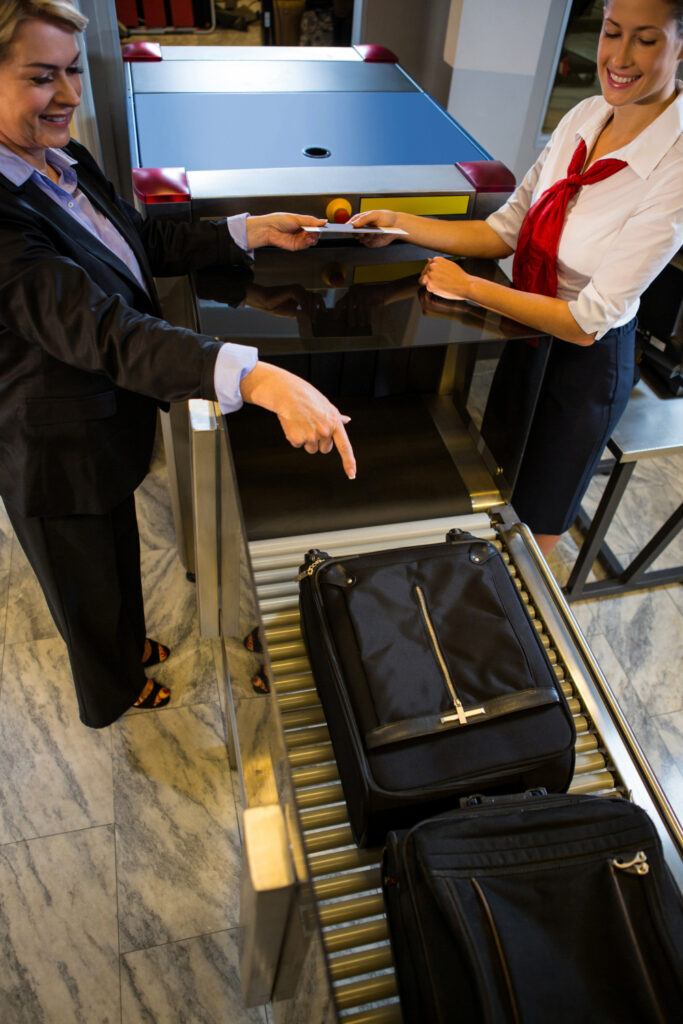
1. Prepare Your Sunscreen in Advance: Before heading to the airport, make sure your sunscreen is compliant with TSA regulations. Ensure that the container holds 3.4 ounces (100 milliliters) or less of product. If you’re carrying a larger container, consider transferring the sunscreen to a TSA-compliant travel-sized container.
2. Place Sunscreen in Your Quart-Sized Bag: As part of the TSA’s 3-1-1 liquids rule, all liquid, gel, and aerosol items must be placed in a quart-sized, clear, resealable plastic bag. This includes your sunscreen. Keep the quart-sized bag easily accessible, as you’ll need to remove it from your carry-on during the security screening process.
3. Follow Security Procedures: When you reach the security checkpoint, be prepared to remove your quart-sized bag containing your sunscreen from your carry-on. Place it in a bin provided by the airport security. This allows the screening agents to examine the liquids separately from the rest of your belongings.
4. Be Ready for Additional Screening: Sometimes, airport security may request additional screening for your sunscreen or other items. Be patient and cooperative during this process. It’s not uncommon for sunscreen to trigger a secondary inspection, especially if the container looks suspicious on the X-ray scanner.
5. Inform Security Personnel if Needed: If you have any medical conditions or specific concerns regarding your sunscreen, such as allergies, it’s a good idea to inform the security personnel before the screening begins. They will take your concerns into consideration and may offer additional assistance if necessary.
6. Stay Informed and Check TSA Guidelines: It’s essential to stay updated with TSA guidelines, as regulations can change. Check the TSA website or their official app for the latest information on what you can and cannot bring in your carry-on.
“Essential Tips for Traveling with Sunscreen”
Traveling with sunscreen is a smart choice, ensuring you stay protected from the sun’s harmful rays no matter where you go. To make your travel experience smooth and safe, here are some essential tips to keep in mind:
1. Check TSA Regulations: Always start by checking the latest TSA regulations regarding liquids, gels, and aerosols in carry-on luggage. As mentioned earlier, sunscreen falls under the 3-1-1 rule, so make sure your sunscreen container is 3.4 ounces (100 milliliters) or less and packed in a quart-sized, clear, resealable plastic bag.
2. Opt for Travel-Sized Containers: To avoid any issues at the security checkpoint, consider purchasing travel-sized sunscreen containers. Many brands offer these in convenient sizes that meet TSA guidelines. This ensures hassle-free packing and screening.
3. Use a Sealable Plastic Bag: Even if you have travel-sized containers, it’s a good idea to place them in a sealable plastic bag within your quart-sized bag. This adds an extra layer of protection against potential leaks during your flight.
4. Double-Bag for Extra Protection: To be extra cautious, double-bag your sunscreen by placing it in a second sealable plastic bag. This is particularly useful for spray sunscreens, which may be more prone to leaking.
5. Sunscreen Wipes for Convenience: Sunscreen wipes are an excellent choice for travelers looking for convenience. They are pre-soaked and come in individual packets, making them spill-proof and easy to carry.
6. Apply Sunscreen Before Your Flight: To save time and avoid potential spills, consider applying sunscreen before you arrive at the airport. Make sure to follow the application instructions and allow the sunscreen to dry before dressing.
7. Keep Sunscreen Accessible: If you prefer to carry sunscreen in your carry-on bag, place it in an easily accessible pocket or pouch. This way, you can quickly remove it during the security screening process.
8. Stay Informed About Destination Conditions: Research the weather and UV index of your travel destination. This will help you determine the SPF level you need and ensure you’re adequately protected.
9. Reapply as Needed: Remember that sunscreen should be reapplied every two hours, especially if you’ll be spending extended periods outdoors. Pack a travel-sized bottle or sunscreen wipes for on-the-go reapplication.
10. Be Mindful of Sunscreen Ingredients: If you have specific skin sensitivities or allergies, check the sunscreen ingredients before purchasing. Opt for products labeled as hypoallergenic or suitable for sensitive skin.
“Exceptions and Special Cases: International Travel”
While we’ve discussed the general guidelines for carrying sunscreen on planes, international travel can introduce additional complexities and exceptions that you should be aware of. Here, we’ll explore special considerations for traveling with sunscreen internationally.
1. Research Destination-Specific Regulations: Different countries may have their own regulations and restrictions on bringing liquids, including sunscreen, into their territory. Before your international trip, research the rules of your destination country to ensure compliance.
2. Verify Labeling Requirements: Some countries may require sunscreen products to have specific labeling or certifications to be allowed entry. Check if your sunscreen meets these requirements, and if not, consider purchasing sunscreen locally upon arrival.
3. Be Aware of Size Restrictions: International airlines and security authorities may have size restrictions that differ from TSA regulations. Check with your airline and the security guidelines of your departure and arrival airports to confirm the size limits for liquids in your carry-on.
4. Duty-Free Purchases: If you purchase sunscreen at a duty-free shop before your international flight, be prepared to show your receipt as proof of purchase when going through security. Some airports may restrict the amount of duty-free liquids you can carry on board.
5. Consider Climate and UV Levels: The climate and UV levels at your international destination may vary significantly from your home country. Research the weather and UV index of your destination to determine the level of sun protection you’ll need and purchase sunscreen accordingly.
6. Language Barriers: When traveling to countries where you don’t speak the language fluently, it can be challenging to read product labels and understand ingredient lists. Consider carrying a translation app or a small card with sunscreen-related phrases in the local language to help you make informed choices.
7. Environmental Considerations: If you’re traveling to a destination with sensitive ecosystems, such as coral reefs, be extra cautious about the sunscreen you use. Some areas have banned or restricted the use of certain sunscreen ingredients that can harm marine life. Opt for reef-safe sunscreen options.
“Alternatives to Spray Sunscreen”
While spray sunscreen offers convenience and ease of application, there are several viable alternatives that you can consider for sun protection, each with its own advantages and considerations. Let’s explore these alternatives to spray sunscreen:
**1. Lotion Sunscreen: Lotion sunscreen is one of the most common alternatives to spray sunscreen. It’s available in various SPF levels and formulations, including water-resistant and sensitive skin options. Lotion sunscreen is easy to apply and offers precise control over the amount you use.
2. Stick Sunscreen: Stick sunscreen is a compact option that resembles a deodorant stick. It’s convenient for spot application, such as on the face, ears, and nose. Stick sunscreens are less likely to spill or leak, making them a suitable choice for travel.
3. Sunscreen Wipes: Sunscreen wipes are individually packaged, pre-soaked wipes that are easy to carry and apply. They’re mess-free and ideal for on-the-go sun protection. Sunscreen wipes are available in various SPF levels and are suitable for both face and body application.
4. Powder Sunscreen: Powder sunscreen comes in a powdered form and is often available in a brush-on or puff applicator. It provides a lightweight, matte finish and is an excellent choice for reapplication over makeup. Powder sunscreen is non-greasy and easy to carry.
5. Mineral Sunscreen: Mineral sunscreen contains physical blockers like zinc oxide and titanium dioxide. It forms a protective barrier on the skin and is less likely to cause skin irritation. Mineral sunscreen is suitable for those with sensitive skin or allergies.
6. Sun Protective Clothing: In addition to sunscreen, consider sun protective clothing, such as long-sleeved shirts, wide-brimmed hats, and sunglasses. These items offer added protection against harmful UV rays.
7. Seek Shade: When possible, seek shade or create your shade using a beach umbrella or a wide-brimmed hat. Minimizing direct sun exposure is an effective way to protect your skin.
8. Stay Hydrated: Proper hydration is essential for maintaining healthy skin. Drink plenty of water to stay hydrated, especially when spending time in the sun.
9. UV-Protective Swimwear: UV-protective swimwear is designed to block harmful UV rays and can be an excellent choice for sun safety while swimming.
“Conclusion and Travel Sunscreen Guidelines”
Ensuring adequate sun protection is essential for maintaining healthy skin, especially when traveling. The question of whether you can bring spray sunscreen on a plane is answered by understanding TSA regulations and following travel-friendly considerations. Remember to comply with the 3-1-1 rule and opt for travel-sized containers, keeping your sunscreen easily accessible during the security screening process.
While spray sunscreen is a popular choice, exploring alternatives such as lotions, sticks, wipes, powders, and mineral sunscreens gives you a range of options to suit your needs and preferences. Additionally, incorporating sun protective clothing, seeking shade, and staying hydrated are key practices to enhance your sun safety.
For international travelers, be sure to research destination-specific regulations and consider language barriers, duty-free purchases, and climate differences affecting UV levels. Always prioritize protecting your skin from the sun’s harmful rays, regardless of your location.
In summary, whether it’s a spray, lotion, or another form of sunscreen, prioritize sun protection during your travels. Stay informed, be prepared, and enjoy your journey under the sun, knowing you’ve taken the necessary steps to keep your skin safe and healthy. Safe travels!
Feel free to use the information provided in this blog post to educate and inform your readers about sun protection and traveling with sunscreen. Remember to tailor the content to your specific audience and style, ensuring that it aligns with your blog’s overall theme and objectives.

